
The owner of the log house under construction stopped its construction for two years without taking care of conservation. As a result, the building turned black and covered with mold. There was a need for urgent restoration.
Instead of scrapping — restoration
Unlike brick and concrete, wood requires careful and careful attitude. She is afraid of precipitation and can quickly begin to rot, become covered with fungi, losing her aesthetic qualities. This is exactly what happened to the wooden residential building, whose customer abandoned the construction for a long time.
Arriving at the site after a long absence, the owner was very upset. Instead of a beautiful cedar log house, he saw gray and blackened walls in places, affected by mold and wood fungi. The first desire was to demolish everything and put up housing made of bricks or blocks. But, fortunately, a sober calculation won: they decided to try to fix the unpleasant situation.

As a result of a long search, it was possible to find builders with restoration experience. They showed an object successfully restored after a similar case, in which a family had been living for several years, very pleased with the result. Then the last doubts disappeared. We have jointly developed a phased repair plan and procurement of materials. Then work began on the restoration and conservation of wood.
Grinding
There was a difficult process of sanding and polishing the surface of logs with grinders with special nozzles — fortunately, now the choice of such tools and consumables is very large. It was necessary to remove the top loose and most affected layer of wood to a depth of 3-5 mm.
The operation is dusty and harmful, as the dust contains particles of mold and wood fungi that are dangerous to human health. The workers worked in respirators, the rooms were well ventilated, in addition, they had to carry out daily wet cleaning.
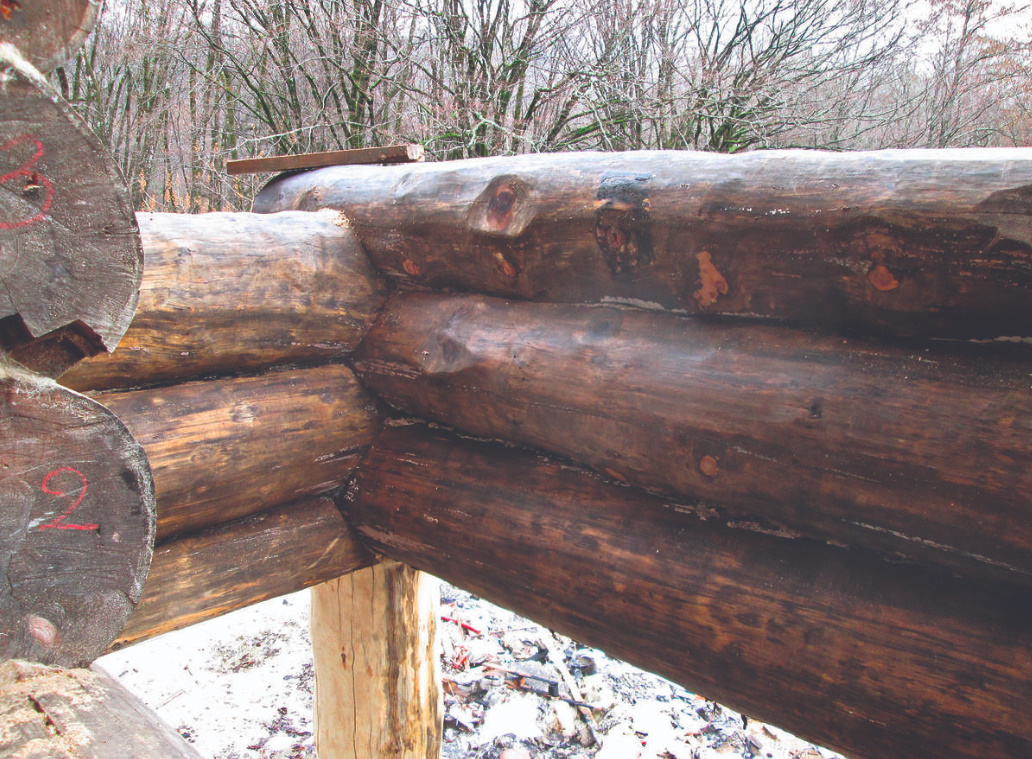
After a month of work, the surfaces of the logs were carefully examined. A significant part of the blackened wood has been sanded, but there is blackness in numerous cracks, potholes and other defects, which cannot be mechanically removed. In the corners and grooves of the log house, hand tools were already used — chisels and carpentry knives.

Antisepting and bleaching of wood
Antiseptics and wood bleachers with different compositions and effects are available today. There are light compositions for wood with a slight darkening. There are means of deep (up to 20 mm) penetration. In our case, the depth of the lesion in places reached 40-50 mm.
We picked up several strong antiseptics and conducted trial tests on our wood. Having determined the appropriate composition, they began chemical treatment. For better impregnation, paint brushes were used.

As a result, a significant part of the blackness disappeared, but the surface of the cedar logs acquired a grayish-pale shade. After drying the antiseptic (2-3 days in good weather), the walls were sanded with fine-grained skins. The logs began to look noticeably fresher, but the blackness in the cracks and in some local areas still remained. For preservation (protection from rain and sun) until the next stage, the log house was covered with paint in one layer.
Paint selection
Unfortunately, the beautiful pinkish surface of cedar and the smell of resin could be forgotten. According to the results of the inspection, it was decided to paint the log house outside and inside with covering compounds. The work is responsible, requiring special care, because the house is high (three floors) and it would be expensive and difficult to repaint.
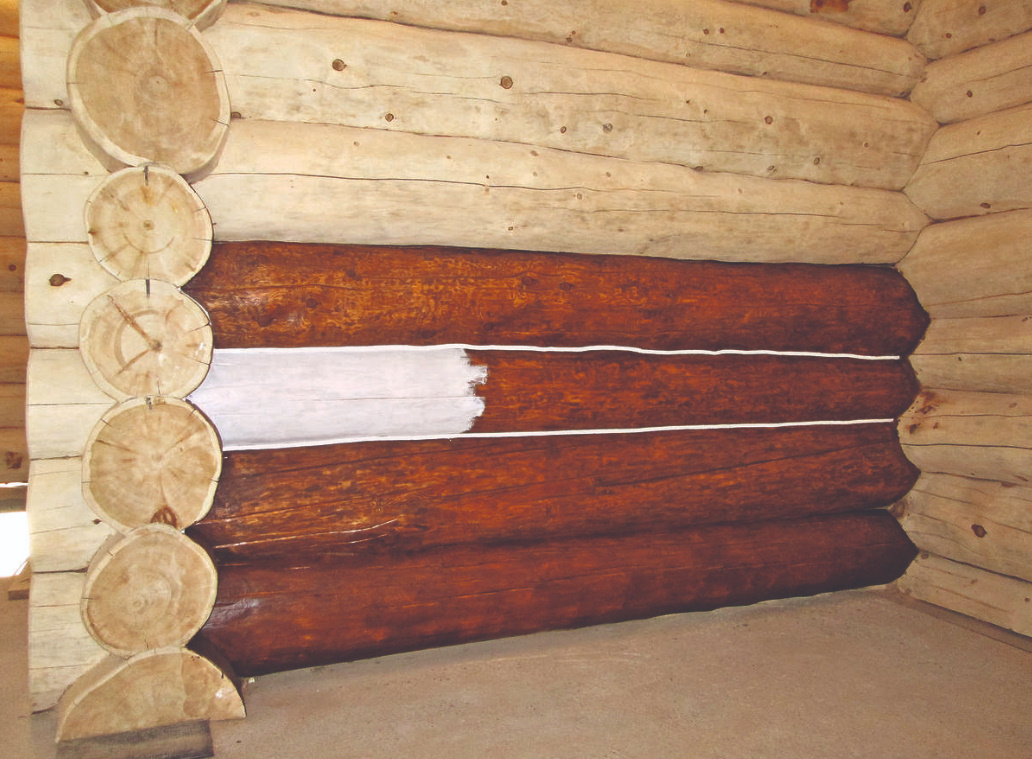
Most sellers usually offer a choice of two types of paints: water-based or oil-based, but this classification is not entirely correct. Modern paint and varnish materials for wood are better divided according to their content — alkyd and acrylic.
Alkyd can be attributed to the modern variety of oil paint materials. They are usually diluted with an organic solvent. But they have a number of disadvantages, such as low wear resistance and durability. After two or three years, the surface is weathered, begins to crack, requires re-finishing.
We settled on acrylic paints (water-based). They have good adhesion, are UV resistant. According to reviews, such a composition lasts up to seven years even on facades. In addition, wooden surfaces painted with acrylic are able to breathe — to provide natural ventilation of wood.
To select the color, we bought several liter cans from different manufacturers. We conducted a trial coloring and chose two options: white with a slight grayish tint for the walls of the premises inside and light brown (with a hint of red) – for the facades.
Painting of the log house
Before painting, there was another important and painstaking work on sealing the interventricular grooves. There are several ways of sealing:
- caulking;
- caulking + installation of decorative ropes;
- filling the grooves with acrylic sealant (colored or for painting).
We chose the one with a preliminary color selection (white inside, brown on the facades). It was inserted into the grooves with construction syringes, then rubbed, cleaned with spatulas and a rag soaked in water.
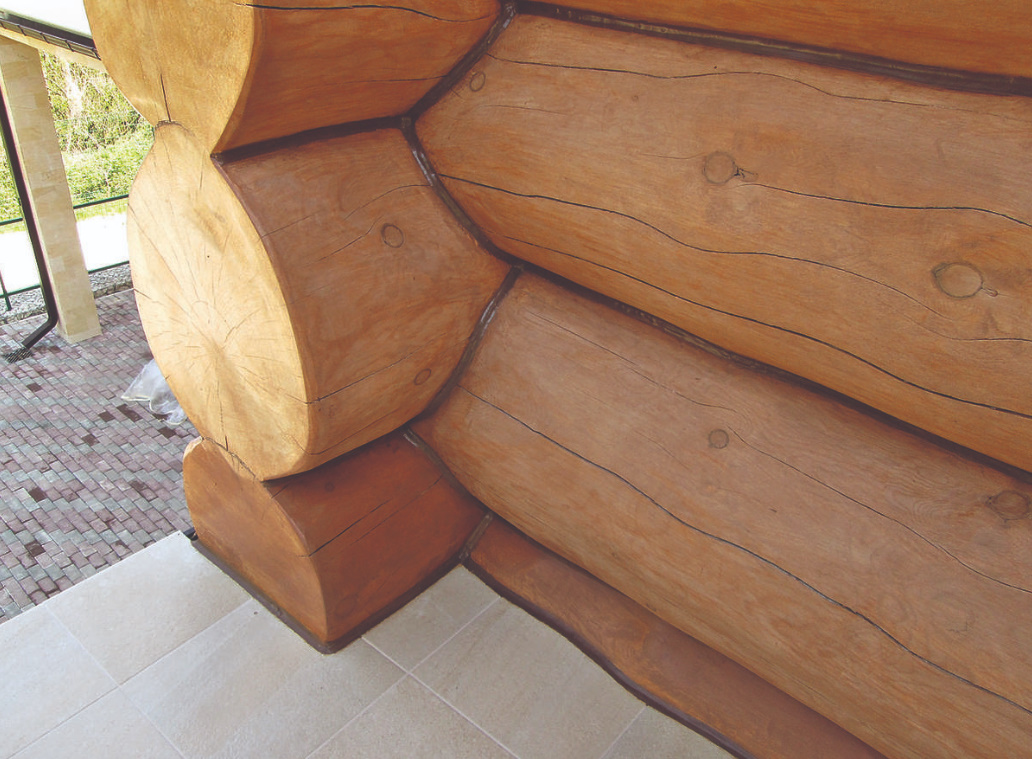
It was a long and painstaking job and took almost a month. The facades were painted in good summer weather. Installed scaffolding. First, the preservative paint was removed by grinding and the surface was dedusted with a damp rag. After the first staining, the paint was strongly absorbed into the wood, and all the defects began to stand out in contrast.
After applying the second layer, they reached a more or less homogeneous surface. But then, for greater durability, they decided to cover the log house from the outside with a third layer. As a result, the exterior of the house finally became bright and spectacular. It became obvious that the blackened log house was not restored in vain.
The interior was painted in several stages. First, the logs were cleaned of preservative, they were sanded with fine-grained skins and the interventricular grooves were sealed with white sealant. Then they finished the walls with two layers of white acrylic paint with a slight grayish tinge. And after the completion of all finishing works (installation of floors, ceilings, door blocks, etc.), the finishing paint was done.
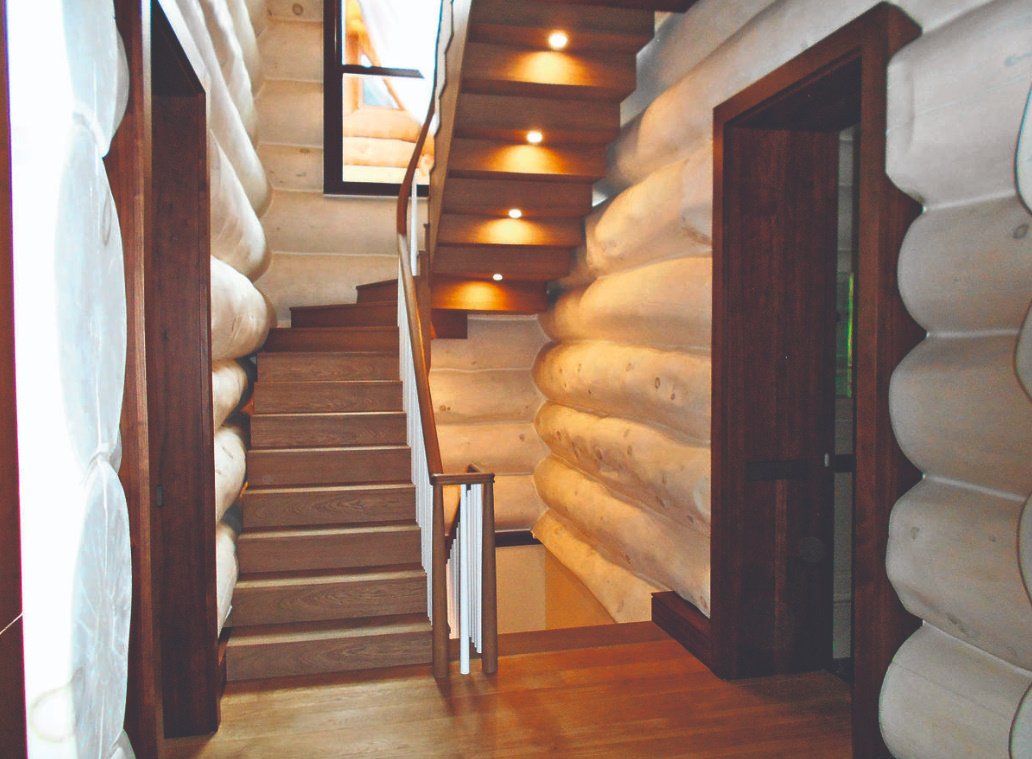
The house is ready. Both outside and inside cedar logs look spectacular and beautiful. After two years of operation, no defects were detected. The fungus and mold were neutralized. It should be noted that the methods and materials for the restoration of the log house that we used are suitable for buildings made of any kind of wood. It can be either a new, but damaged log house, or a house after many years of operation, when there is a desire to update the old dwelling without dismantling the building.


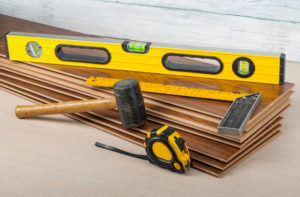

Leave a Reply